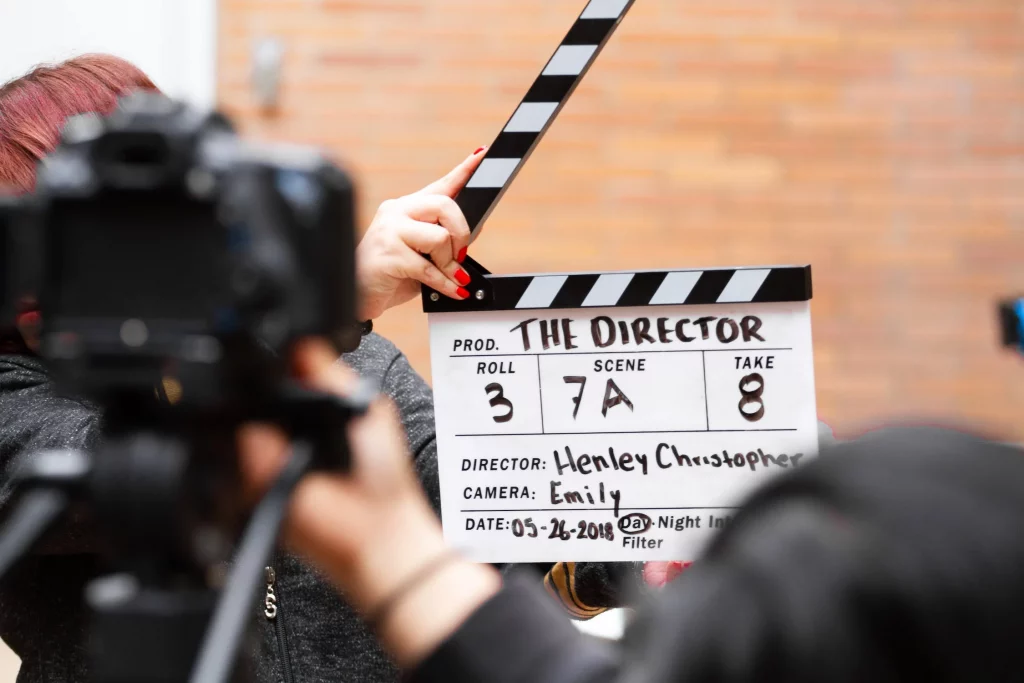History of Acting: From Ancient Greece to Hollywood
Acting has been around since ancient times, with its roots in antiquity tracing back to the theaters of Ancient Greece. The first actors were known as tragedians and their performances revolved around retelling classical Greek stories and tragedies. As time went on, more arts and forms of performance developed and grew to include comedy, musicals, clowns, vaudeville acts, circuses and more.
16th Century
The rise of theatre during the 16th century was a major turning point for acting. Plays written by William Shakespeare bridged the gap between classical tragedy and modern entertainment. At this time, women were not allowed to perform onstage so male portrayals often involved young men playing female characters called “breeches roles”.
17th Century
This would later change by the 17th century when Queen Elizabeth I granted permission for women to appear both onstage and offstage in England. During this period professional playhouses began emerging as well as a growing demand for public performances such as those seen at festivals or noble estates.
18th Century
In the 18th century, acting took a new form through melodrama which mixed theatrical performances with music and spectacle. This period saw improvisational techniques such as stichomythia where actors would exchange witty lines with each other as part of their scenes. Additionally, mime became popular during this age where actors created stories without words or sound but rather used gesture or facial expressions instead.
Another development in this era was pantomime which is an art form that combines comedic acting with dance elements in order to tell a story without dialogue while using exaggerated facial expressions to express emotion or character traits instead.
19th Century
By the 19th century, acting underwent an evolution that led it into wide spread popularity with touring companies performing live shows in countless cities across Europe as well as America’s rapidly expanding theatre scene. It also saw further changes such as leading ladies now taking centre stage in contrast to previous ages which focused only on male-driven narrative structures.
At the same time film was becoming popular due to its ability to capture reality better than any other art form before it; many performers made a living out of appearing on silver screens around the world for much larger audiences than ever before. This allowed them to reach new heights of fame and fortune unlike anything seen previously.
20th Century
In the early 20th century cinema began revolutionizing how people consumed media, leading to fewer self-contained productions where everyone performed together at one venue. Instead they could be seen via film and television broadcast all over the world simultaneously.
21st Century
In the early 20th century cinema began revolutionizing how people consumed media, leading to fewer self-contained productions where everyone performed together at one venue. Instead they could be seen via film and television broadcast all over the world simultaneously.
To learn more tips and tricks for actors and models, feel free to sign up for our next FREE Online Workshop. On this free Online Workshop, you will learn about the recent changes in the modeling and acting industries that are opening the doors for more job opportunities. You will also learn cutting-edge ways to have good-paying modeling and acting jobs in your local area, flood into your email inbox on a regular basis. You will learn what to do to land these jobs from the comfort of your own home. Click below to register now!











